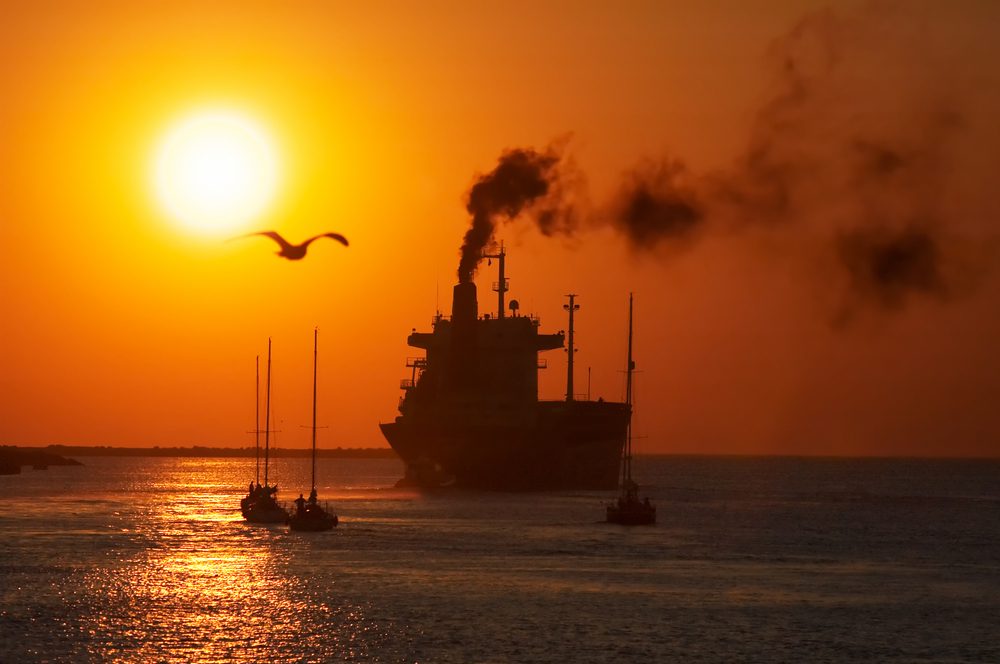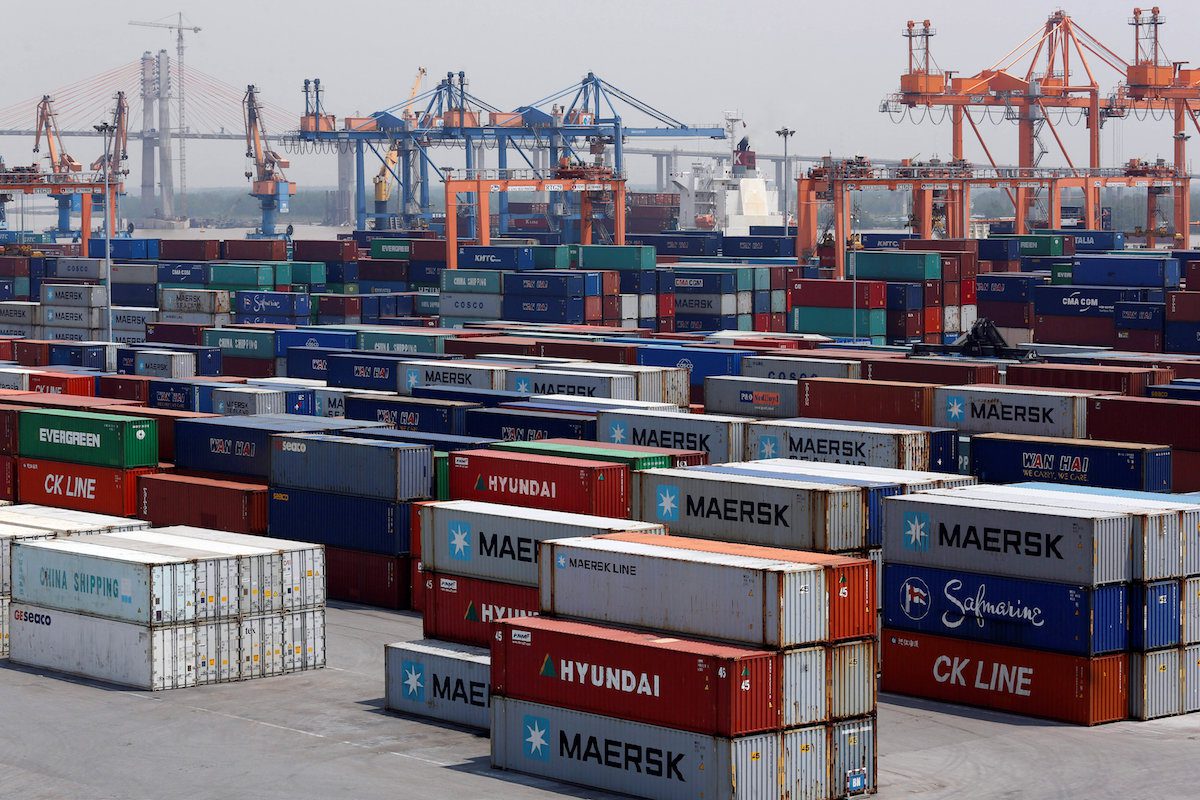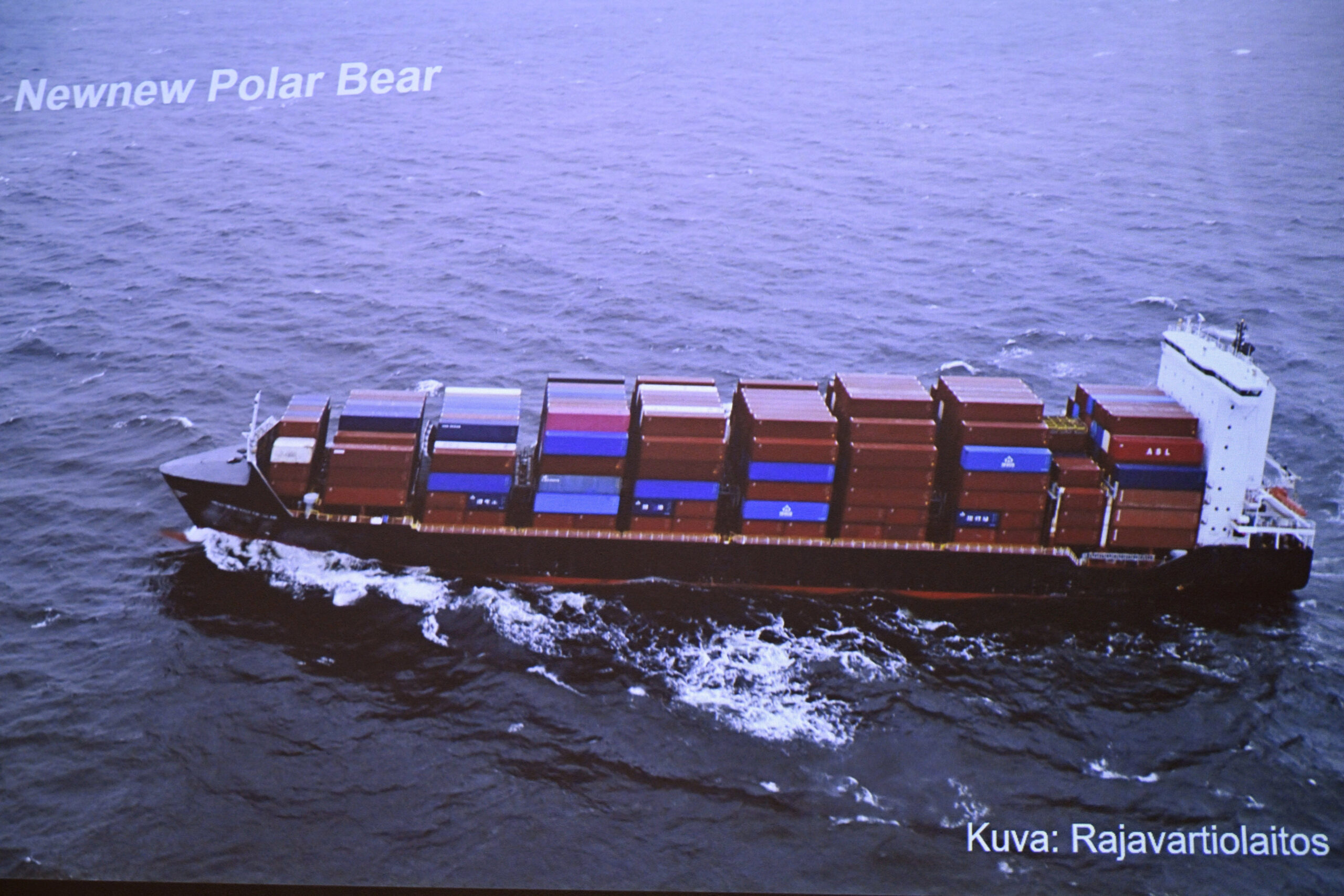[MEPC 76] adopted amendments to the International Convention for the Prevention of Pollution from Ships (MARPOL) Annex VI that will require ships to reduce their greenhouse gas emissions. These amendments combine technical and operational approaches to improve the energy efficiency of ships, also providing important building blocks for future GHG reduction measures.
The new measures will require all ships to calculate their Energy Efficiency Existing Ship Index (EEXI) following technical means to improve their energy efficiency and to establish their annual operational carbon intensity indicator (CII) and CII rating. Carbon intensity links the GHG emissions to the amount of cargo carried over distance travelled.
Ships will get a rating of their energy efficiency (A, B, C, D, E – where A is the best). Administrations, port authorities and other stakeholders as appropriate, are encouraged to provide incentives to ships rated as A or B also sending out a strong signal to the market and financial sector.
A ship rated D for three consecutive years, or E, is required to submit a corrective action plan, to show how the required index (C or above) would be achieved.
The amendments to MARPOL Annex VI (adopted in a consolidated revised Annex VI) are expected to enter into force on 1 November 2022, with the requirements for EEXI and CII certification coming into effect from 1 January 2023. This means that the first annual reporting will be completed in 2023, with the first rating given in 2024.
A review clause requires the IMO to review the effectiveness of the implementation of the CII and EEXI requirements, by 1 January 2026 at the latest, and, if necessary, develop and adopt further amendments.
Impact assessment
In adopting the measure, MEPC also considered the outcomes of a comprehensive impact assessment of the measure which examined potential negative impacts on States, and agreed to keep the impacts on States of the measure under review so that any necessary adjustments can be made.
In adopting the amendments, the MEPC agreed in its resolution to undertake a lessons-learned exercise from the comprehensive impact assessment of the amendments to MARPOL Annex VI, with a view to improving the procedure for conducting future impact assessments.
Secretary-General Lim welcomed the approval and consideration of the outcome of the related comprehensive impact assessment and the decision to keep impacts of the measure under review and to initiate a lessons-learned exercise.
MARPOL Annex VI has 100 Contracting States, who between them represent 96.65% of world merchant shipping by tonnage.
The MEPC also adopted a work plan to develop mid- and long-term measures to further cut shipping’s GHG emissions, in line with the Initial IMO strategy on reduction of GHG from ships
Guidelines adopted
Alongside the MARPOL amendments, the MEPC adopted related guidelines to support the implementation of the amendments. (full list below).
The guidelines include the 2021 Guidelines on the operational carbon intensity reduction factors relative to reference lines (CII Reduction factor Guidelines, G3). This includes the required reduction (Z) factor, which is set at a rate, relative to 2019, of 11% by 2026. This would be further strengthened after that date, taking into account the review of the measure and latest climate science.
Meeting the initial GHG strategy ambition
The combined technical and operational measures, referred to as short term carbon intensity measures, are in line with the ambition of the Initial IMO GHG Strategy, which aims to reduce carbon intensity of international shipping by 40% by 2030, compared to 2008.
The initial strategy sets out short- mid- and long-term measures. The measures just adopted fall into the short-term measures.
Future work
The MEPC discussed a number of submissions on how to progress the next stages of IMO’s work to cut GHG emissions from ships, leading to the revision of the initial GHG strategy in 2023.
The MEPC adopted a work plan on the concrete way forward to make progress with candidate mid- and long-term measures including measures to incentivize the move away from fossil fuels to low- and zero-carbon fuels to achieve decarbonization of international shipping.
A proposal initially considered by MEPC suggested a mandatory levy of $100 per tonne carbon dioxide equivalent on heavy fuel oil. This proposal will be further considered at the intersessional working group meeting in the context of the adopted workplan along with other proposals for mid-term measures.
The work plan envisages three phases:
- Phase I – Collation and initial consideration of proposals for measures (Spring 2021 to spring 2022);
- Phase II – Assessment and selection of measures(s) to further develop (Spring 2022 to spring 2023); and
- Phase III – Development of(a) measure(s) to be finalized within (an) agreed target date(s).
Mr. Lim welcomed the adoption of the work plan.
“Concessions have been made on all sides in the interest of securing the framework we have in place. Our consideration of mid- and long-term measures will demand even more of us. I am very pleased that the Committee has agreed on a work plan to support carrying out this dimension of our work in a structured way that will keep the membership together,” Mr. Lim said.
“Agreement on the work plan sends the signal that the Organization and its Member States are ready to further consider the current and future proposals for mid-term measures. We need to gear up work relating to the various phases of the work plan in order to give efficient and adequate consideration to concrete proposals for the reduction of greenhouse gases in keeping with our goals in the initial strategy. Let us continue to work together on the tasks you have in front of you as we continue to make progress on this common path,” he said.
IMRB proposal
The Committee had a non-exhaustive consideration of a proposal to establish an International Maritime Research Board, funded by a tax on oil fuel used by shipping. The discussion will resume at the Committee’s next session.
Correspondence Group and Intersessional Working Group
The MEPC approved the terms of reference for a Correspondence Group on Carbon Intensity Reduction and meetings of the Intersessional Working Group on Reduction of GHG Emissions from Ships (ISWG-GHG 9 and ISWG-GHG 10). The ISWG-GHG 9 is expected to meet in September and ISWG-GHG 10 in October 2021, ahead of MEPC 77, which is scheduled to meet 8-12 November 2021.
MEPC 76 – other outcomes
The MEPC also adopted other amendments.
Prohibiting HFO in the Arctic
The MEPC adopted amendments to MARPOL Annex I (addition of a new regulation 43A) to introduce a prohibition on the use and carriage for use as fuel of heavy fuel oil (HFO) by ships in Arctic waters on and after 1 July 2024.
The prohibition will cover the use and carriage for use as fuel of oils having a density at 15°C higher than 900 kg/m3 or a kinematic viscosity at 50°C higher than 180 mm2/s. Ships engaged in securing the safety of ships, or in search and rescue operations, and ships dedicated to oil spill preparedness and response would be exempted. Ships which meet certain construction standards with regard to oil fuel tank protection would need to comply on and after 1 July 2029.
A Party to MARPOL with a coastline bordering Arctic waters may temporarily waive the requirements for ships flying its flag while operating in waters subject to that Party’s sovereignty or jurisdiction, up to 1 July 2029.
The amendments were approved at MEPC 75, see https://www.imo.org/en/MediaCentre/MeetingSummaries/Pages/MEPC-75th-session.aspx.
Amendments to MARPOL Annexes I and IV concerning the exemption of UNSP barges from survey and certification requirements
The MEPC adopted amendments to draft amendments to MARPOL Annexes I and IV concerning the exemption of UNSP barges from survey and certification requirements.
The amendment specifies that the Administration may exempt a UNSP barge from the annual survey and certification requirements, for a period not exceeding 5 years provided that the UNSP barge has undergone a survey to confirm that certain conditions are met.
The amendments also provide the form for the International Oil Pollution Exemption Certificate for Unmanned Non-self-propelled Barges. The MEPC is also expected to approve a related circular on guidelines for exemption of UNSP barges.
The amendments were approved at MEPC 75, see https://www.imo.org/en/MediaCentre/MeetingSummaries/Pages/MEPC-75th-session.aspx.
Amendments to AFS Convention – cybutrene
The MEPC adopted amendments to the IMO Convention for the Control of Harmful Anti-fouling Systems on Ships (AFS Convention), to include controls on the biocide cybutryne.
The AFS Convention already prohibits the use of biocides using organotin compounds.
The draft amendments were approved at MEPC 75, see https://www.imo.org/en/MediaCentre/MeetingSummaries/Pages/MEPC-75th-session.aspx.
Further information
Carbon intensity measures in detail
The short-term measure is aimed at meeting the target set in the IMO Initial GHG Strategy – to reduce carbon intensity of all ships by 40% by 2030, compared to 2008. These will be mandatory measures under MARPOL Annex VI. They will bring in
- Attained Energy Efficiency Existing Ship Index (EEXI) is required to be calculated for ships of 400 gt and above, in accordance with the different values set for ship types and size categories. This indicates the energy efficiency of the ship compared to a baseline. Ships are required to meet a specific required Energy Efficiency Existing Ship Index (EEXI), which is based on a required reduction factor (expressed as a percentage relative to the EEDI baseline).
- Annual operational carbon intensity indicator (CII) and CII rating.
The CII determines the annual reduction factor needed to ensure continuous improvement of the ship’s operational carbon intensity within a specific rating level. The actual annual operational CII achieved (attained annual operational CII) would be required to be documented and verified against the required annual operational CII.
This would enable the operational carbon intensity rating to be determined. The rating would be given on a scale – operational carbon intensity rating A, B, C, D or E – indicating a major superior, minor superior, moderate, minor inferior, or inferior performance level. The performance level would be recorded in the ship’s Ship Energy Efficiency Management Plan (SEEMP).
A ship rated D for three consecutive years, or E, would have to submit a corrective action plan, to show how the required index (C or above) would be achieved.
Administrations, port authorities and other stakeholders as appropriate, are encouraged to provide incentives to ships rated as A or B.
In simple terms, the short-term term measure are aimed at achieving the carbon intensity reduction aims of the IMO initial GHG Strategy.
They do this by requiring all ships to calculate their Energy Efficiency Existing Ship Index (EEXI) and to establish their annual operational carbon intensity indicator (CII) and CII rating
In other words, ships get a rating of their energy efficiency (A, B, C, D, E – where A is the best). A ship running on a low carbon fuel clearly gets a higher rating than one running on fossil fuel.
However, there are many things a ship can do to improve its rating through various measures, such as hull cleaning to reduce drag; speed and routeing optimization; installation of low energy light bulbs; installation of solar/wind auxiliary power for accommodation services; etc.
Guidelines
The following comprehensive set of guidelines, adopted by MEPC 76, support the new requirements:
- 2021 Guidelines on the method of calculation of the attained energy efficiency existing ship index (EEXI);
- 2021 Guidelines on survey and certification of the energy efficiency existing ship index (EEXI);
- 2021 Guidelines on the shaft / engine power limitation system to comply with the EEXI requirements and use of a power reserve;
- 2021 Guidelines on operational carbon intensity indicators and the calculation methods (CII Guidelines, G1);
- 2021 Guidelines on the reference lines for use with operational Carbon Intensity Indicators (CII reference lines guidelines, G2);
- 2021 Guidelines on the operational carbon intensity reduction factors relative to reference lines (CII Reduction factor Guidelines, G3);
- 2021 Guidelines on the operational Carbon Intensity rating of ships (CII rating guidelines, G4).
Read more: https://www.imo.org/en/MediaCentre/HotTopics/Pages/Cutting-GHG-emissions.aspx

 Join The Club
Join The Club











